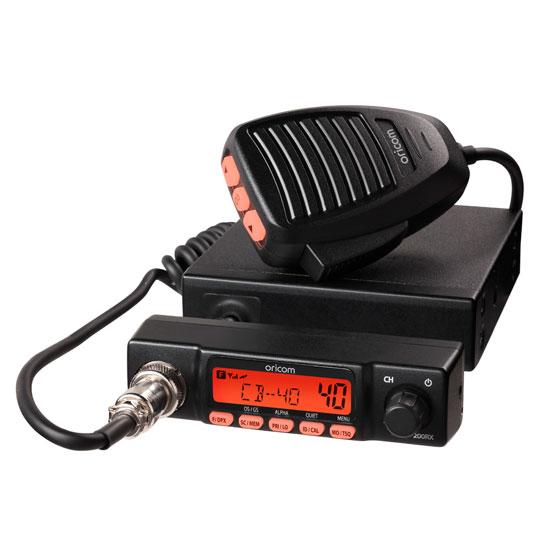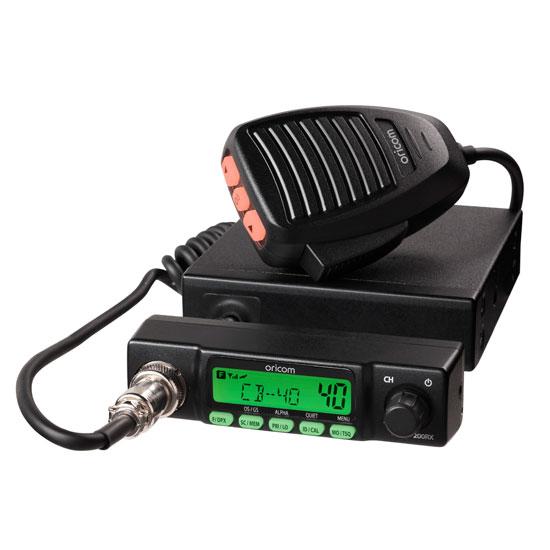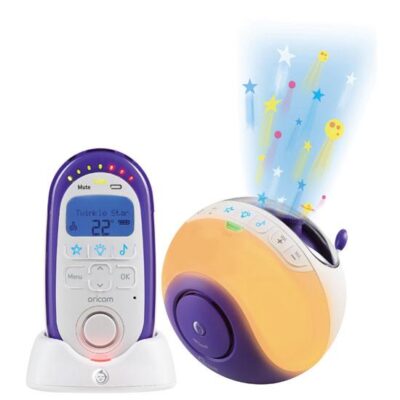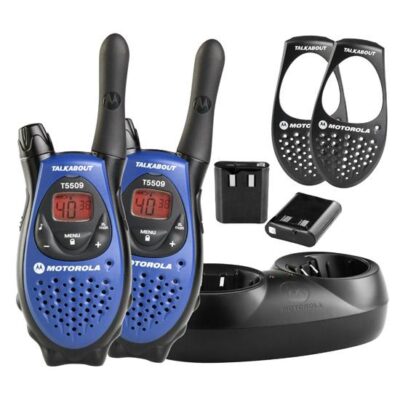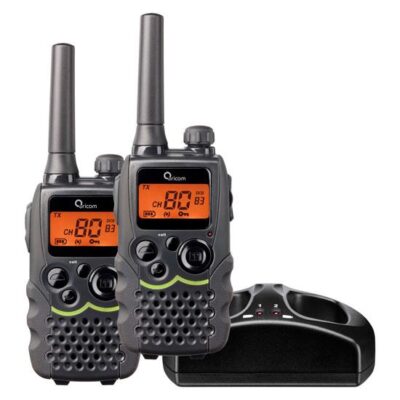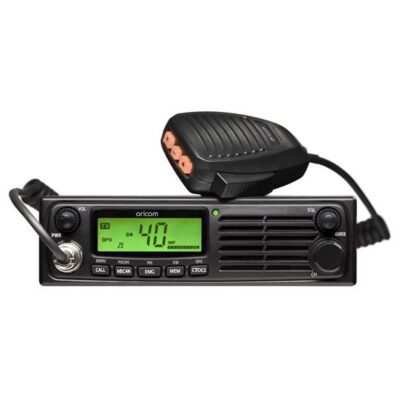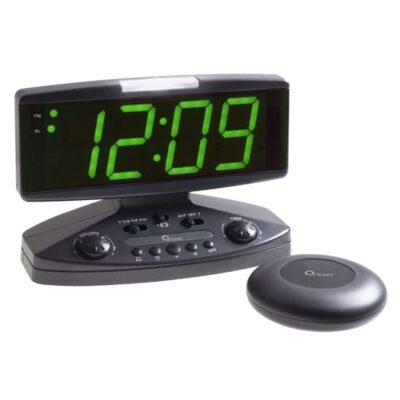UHF100 5 Watt UHF CB Radio with Remove Head
$379.00
The UHF100 5.0 watt UHF CB is a remote head unit that is so trim it can be attached easily to the most cluttered of dashes. Its compact transceiver is robust and can be easily installed in tight spaces.
The external heat-sink cools quickly, ensuring the radio maintains the highest possible output power.
Out of stock
Where to buy- Ultra compact remote head and transceiver Offers greater flexibility for easy installation.
- 40 channels Allows you to choose from 40 transmission frequencies (38 voice) to transmit or receive messages.
- 5 Watt Maximum TX Output Power Maximum transmit power for best possible range.
- 200 Receive Only Channels Allows you to program in other channels in the UHF frequency between 400MHz to 512MHz and monitor transmissions.
- Duplex (Range Extender) Capability Local repeater stations rrea. This extends the effective range of the radio, giving you the greater reach.
- 38 interference eliminator codes (CTCSS) Block out any unwanted conversations
- Open/Group/Priority scanning Gives you the option to scan all channels in memory and lock on any active channels or to select the channels you wish to monitor/listen to in a group, along with a priority channel (priority watch).
- Large easy to read Tri-Colour LCD display (green/amber/cherry) The keypypad and Liquid Crystal Display (LCD) is backlit for easy viewing at night or in low light situations.
- Rugged chassis construction with integrated heat sink The external heat-sink cools quickly, ensuring the radio maintains the highest possible output power.
Package includes: 1 x In-vehicle UHF CB radio transceiver 1 Remote head unit 1 x Microphone 1 x microphone holder Power cable and in-line fuse 2 mounting brackets and fittings

FAQ UHF100
Q. Having trouble with Auto frequency selection – this procedure has changed in our user guide; please click on this link to download the updated page from our user guide
Q. When I am receiving a transmission, the display shows that I am receiving a signal but cannot hear anything?
A. Check the volume control, if you still can’t hear the transmission, check to see if you have either the CTCSS or DCS code set on that channel, if either code has been enabled you will only hear transmissions that have the same code set. If you turn off any CTCSS or DCS codes you will be able to hear all transmissions on that channel.
Q. When I am transmitting; the other person cannot hear me?
A. Check that you are both on the same channel and both have the same CTCSS or DCS codes set.
B. Check that the antenna is securely connected to the ANTENNA connector.
C. Check that all connections are secure and free of corrosion.
Q.What is CTCSS?
A. CTCSS, or Continuous Tone Coded Squelching System, is an option that allows your UHF radio(s) to only pick up radio signals preceded by a “code”. This option helps to cut down on unwanted radio chatter. This is also known as PL, Private Line, Channel Guard, etc.
Q. If the UHF Radio dose not switch on at all
A. Check the power lead (wire harness) and fuse.
Q. What is the range of the UHF radio?
A. The type of antenna you use and where it is mounted on your vehicle will affect the range. A Low gain antenna will give you less range but wider coverage. A high gain antenna will give you greater range but it produces a narrower field which is more directional. Mounting the antenna low on the vehicle will shield the transmission in the directions close to the vehicle, so ideally the antenna needs to be mounted as high as possible.
Q. How far does a UHF radio transmit?
A. Many factors affect how far a UHFradio will transmit including power of the radio and the environment in which it’s used (e.g. buildings, mountainous and surrounding vegetation can cause range problems).
Q. What is a Repeater?
A. A Repeater is a Radio Relay Station. It is used when the radio signal needs to be magnified to get the desired distance coverage. It works by receiving a radio signal from one unit, magnifying it and retransmitting the signal to another radio unit. It would be used in an area where coverage was hindered by terrain, buildings or other environmental conditions.
Q. Where are the repeater stations located?
A. There is a list of repeater stations across Australia. This list and the operational status of the repeaters can change so please check with the ACMA for the latest information on repeaters.
Q I can’t save the frequency that I have selected for one of the 200RX only channels? Or I can’t programme any of the 200RX only channels?
A.
200RX only channel programming
4 sub bands, selected using
F then on/off to select 200rx
PR/LO ( 40100 00) displayed this is range 400 to 512MHz push and hold PRI/LO to change frequency or push PRI/LO again to enter sub band selection
PRI/LO will select memory 00 Frequency range 400MHz to 420MHz
PRI/LO will select memory 50 Frequency range 420MHz to 450MHz
PRI/LO will select memory 100 Frequency range 450MHz to 470MHz
PRI/LO will select memory 150 Frequency range 470MHz to 512MHz
PRI/LO will select memory 00 Frequency range 400MHz to 512MHz
To change frequency push and hold PRI/LO for 2 seconds “4xx00” will flash rotate channel knob to select desired frequency push PTI/LO again to select “400xx”
When finished push ID/CAL to save in selected memory location
If SC/MEM is pushed when in programming mode a channel scan will be started, the start frequency will be the bottom limit of the selected ban, when an active channel is found scanning will stop, the frequency can be saved by pressing the ID/CAL button, or to move to the next frequency push CH then rotate CH clockwise to keep going up in frequency or counter clockwise to go down in frequency.
On the UHF200 push the on/off/CH button on the microphone to select channel change then use the up down buttons on the microphone to change frequency or continue scan up



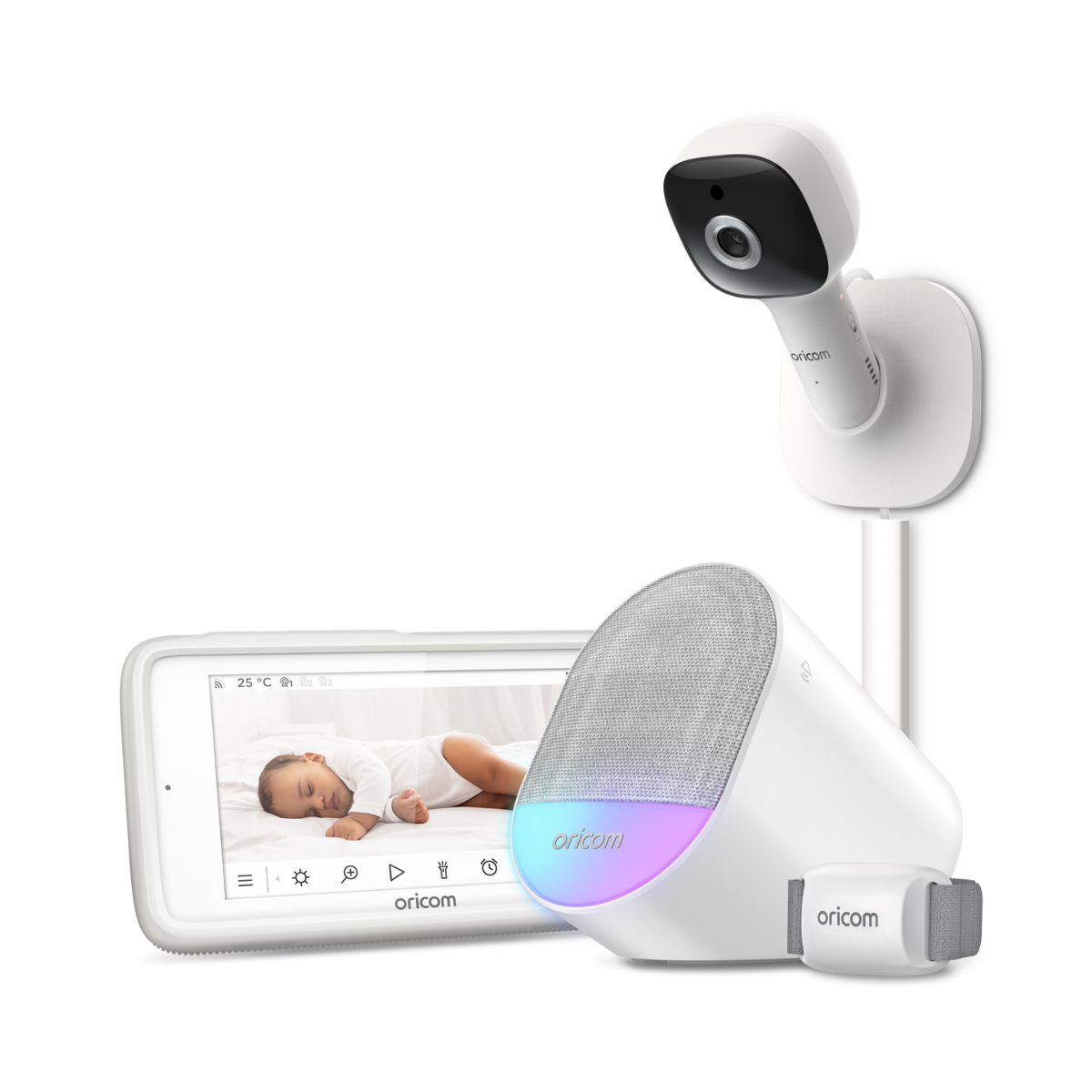 Baby Care
Baby Care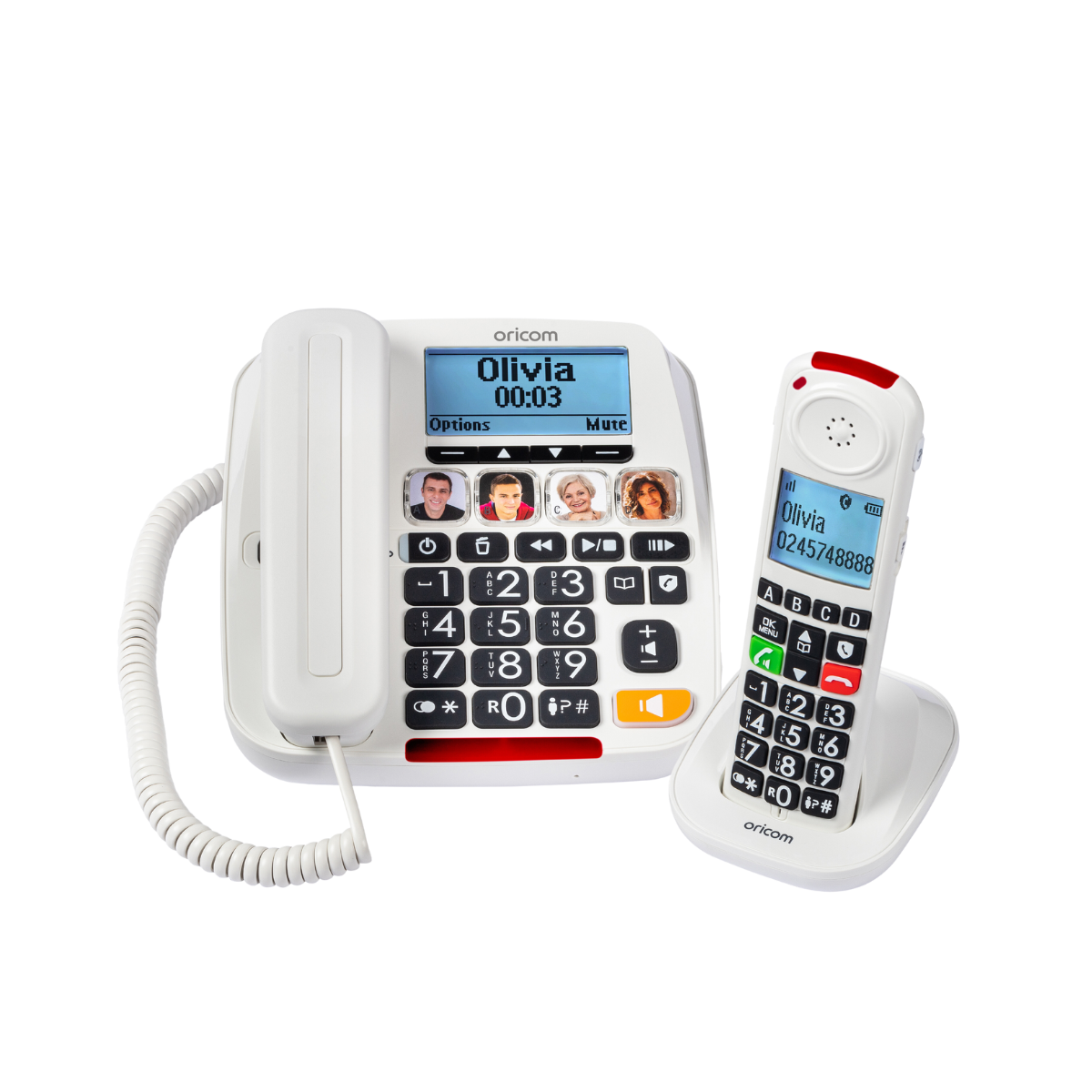 Senior Care
Senior Care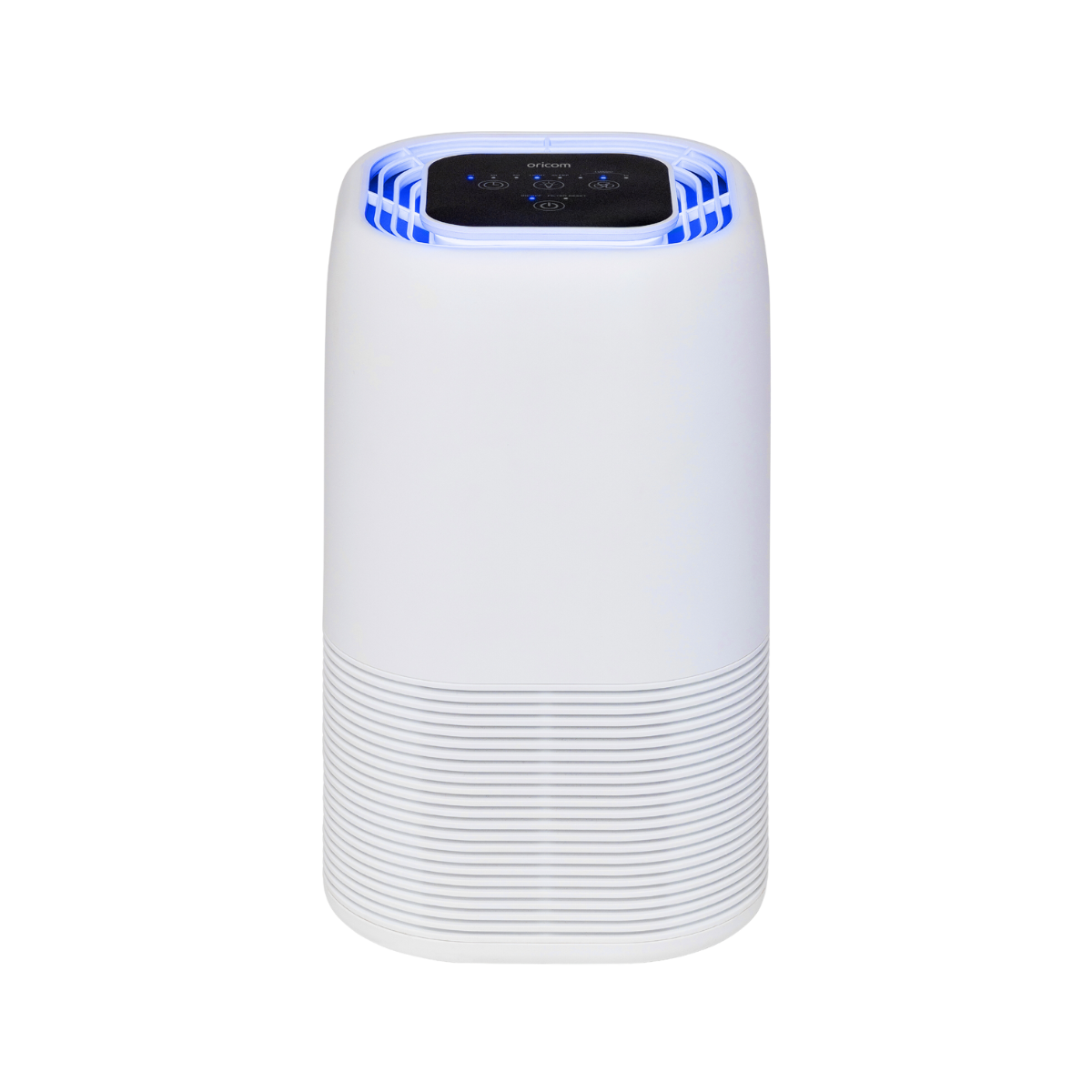 Air Purifiers
Air Purifiers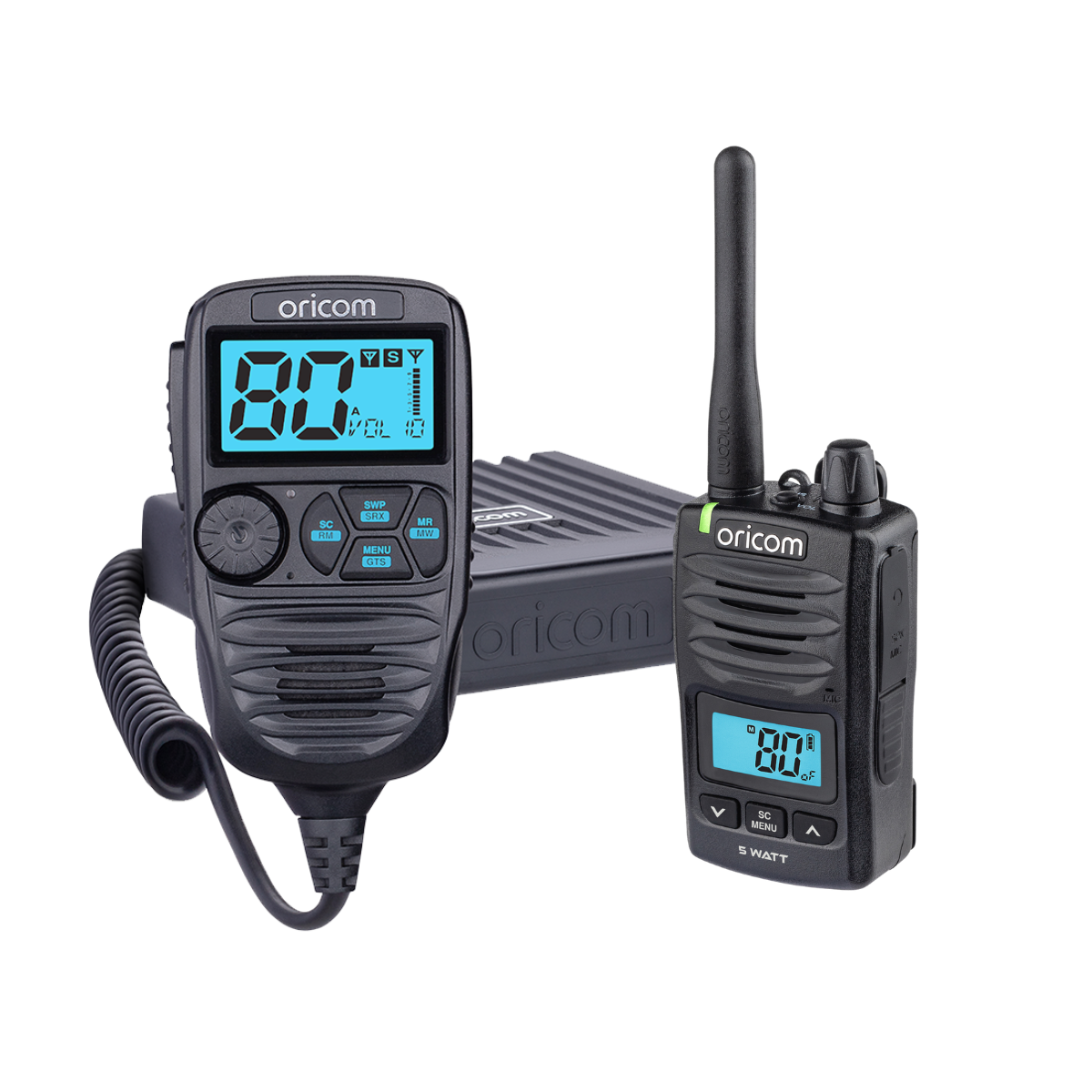 UHF CB Radios
UHF CB Radios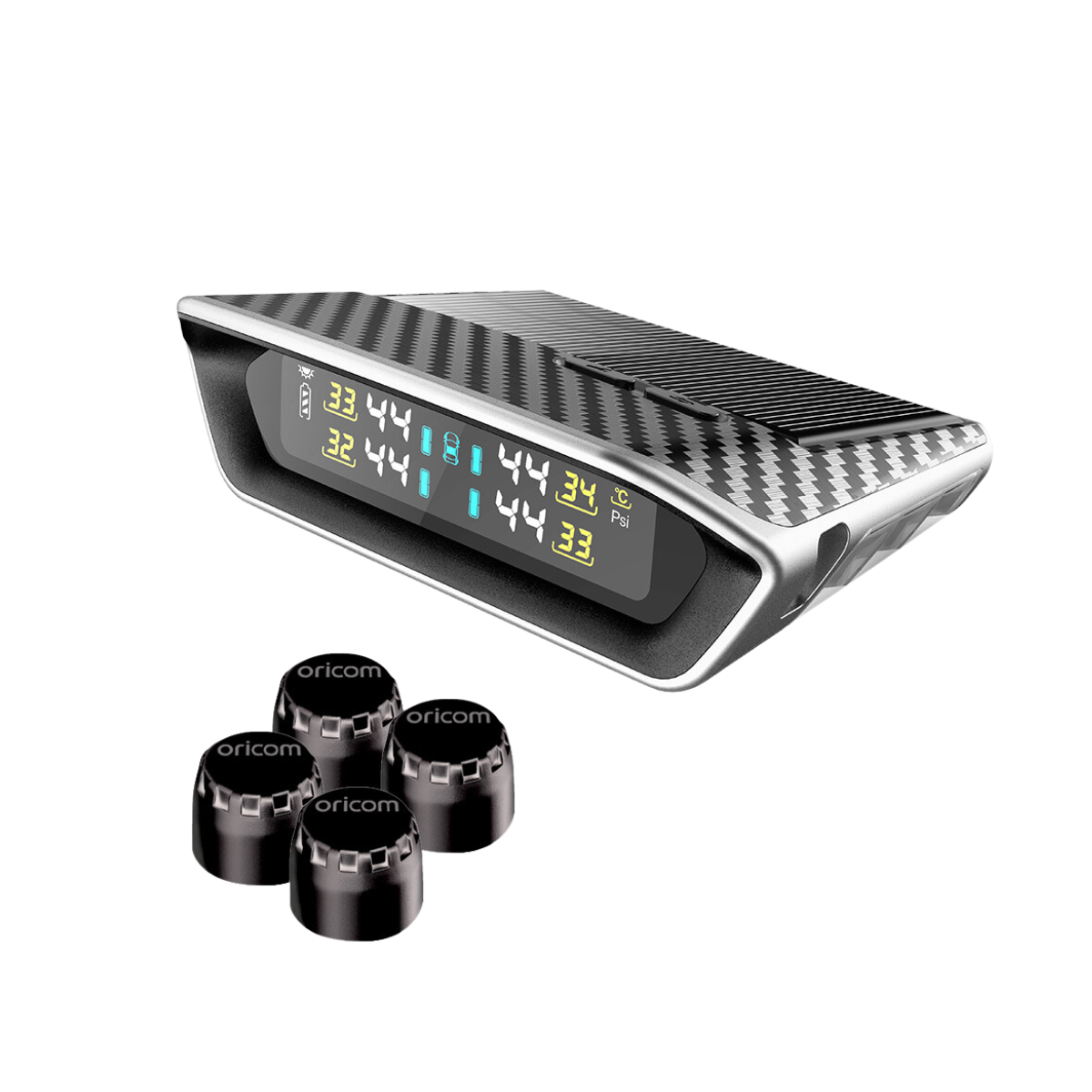 Tyre Pressure Monitors
Tyre Pressure Monitors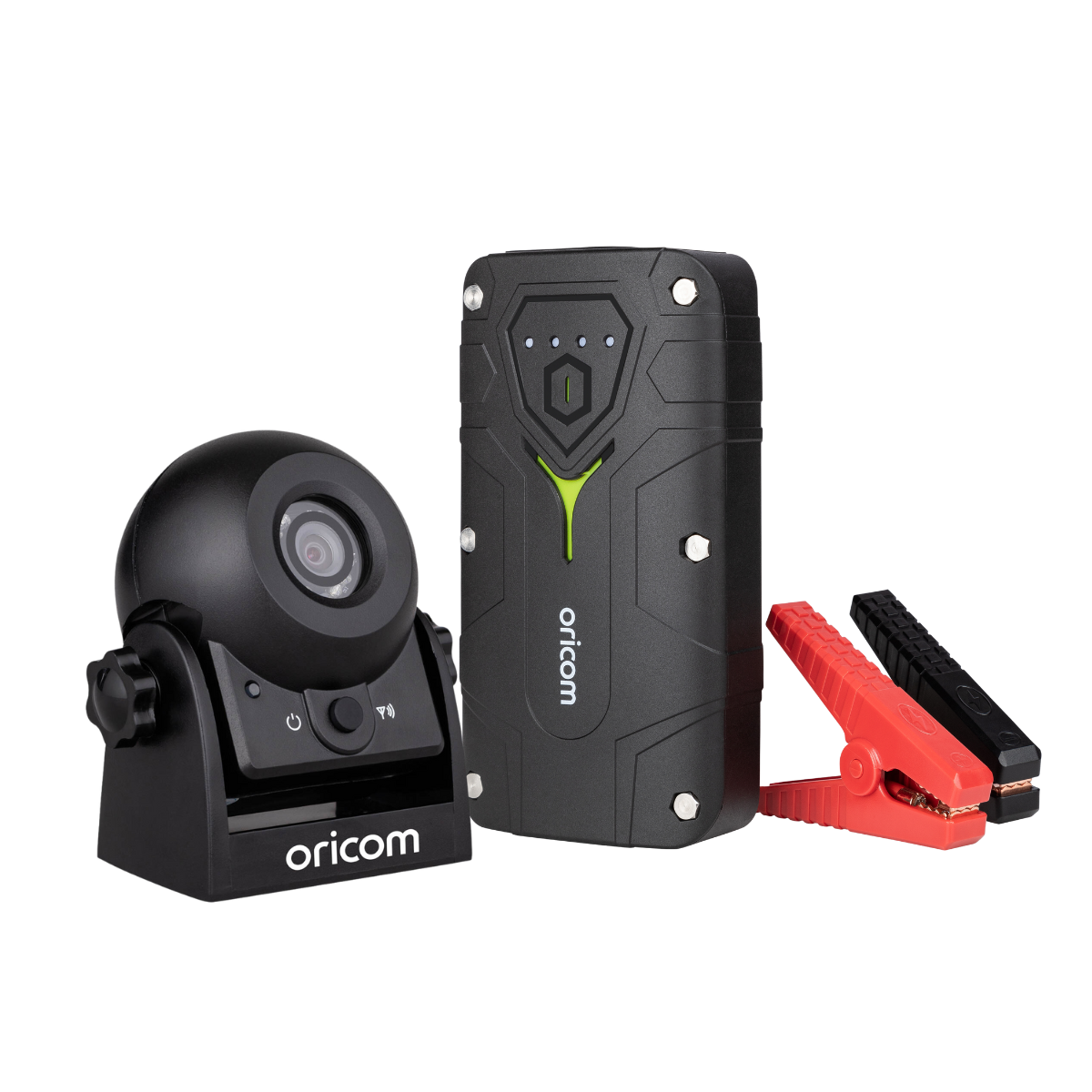 Automotive Products
Automotive Products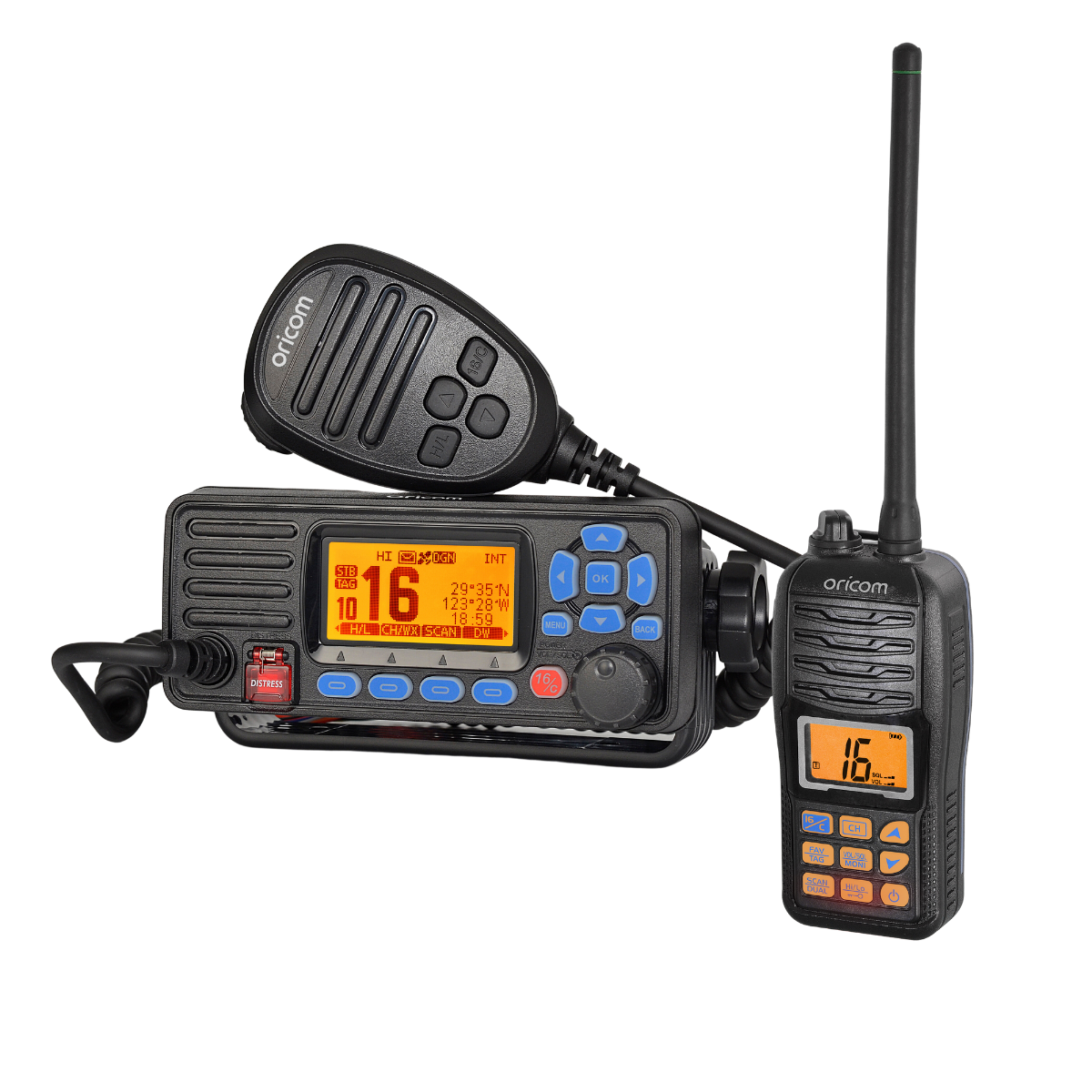 Marine VHF Radios
Marine VHF Radios